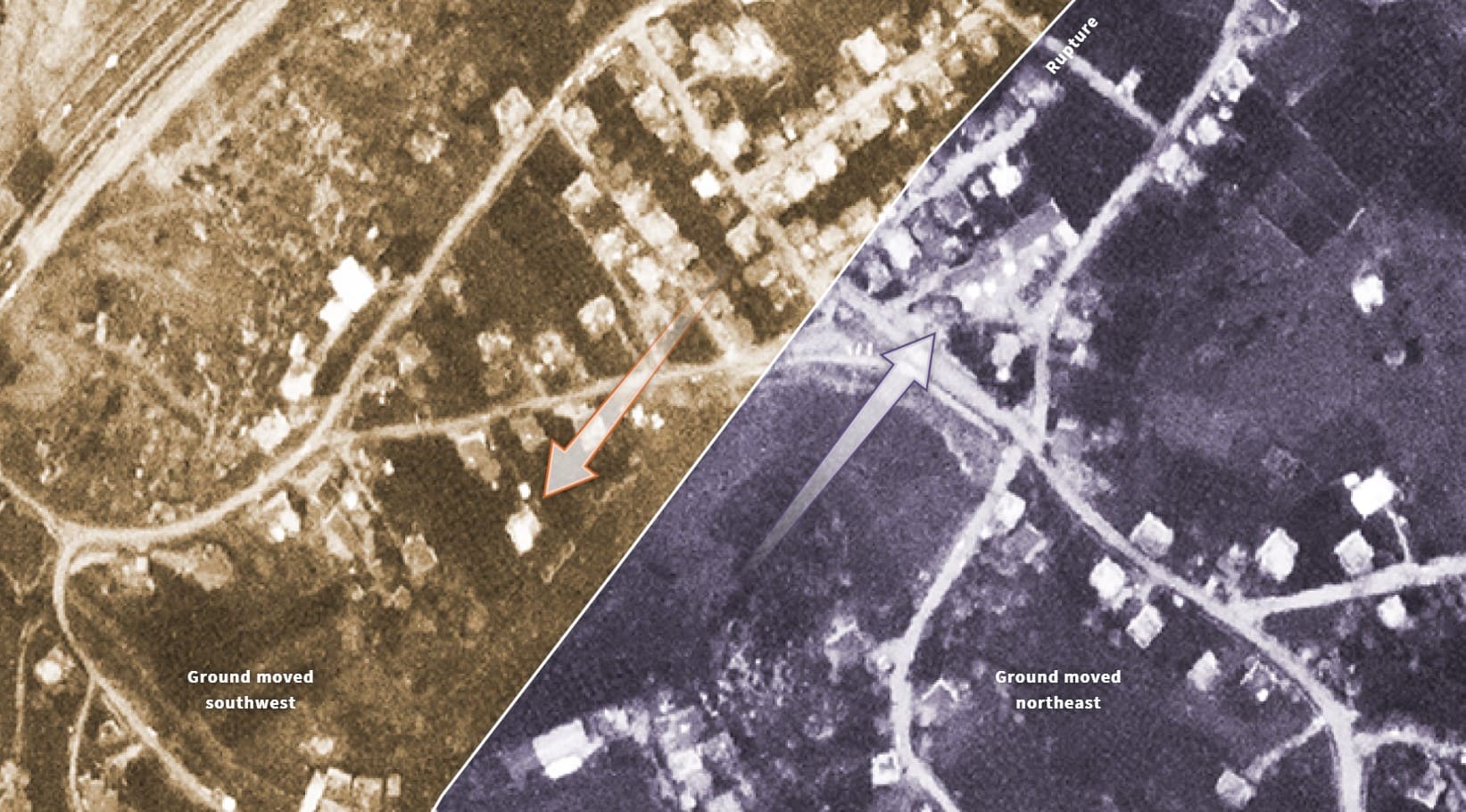Virtual, augmented, and mixed realities are just a few of the cutting-edge trends of visual storytelling, which fit under the catchall phrase – eXtended reality. The capitalized ‘x’ is a bit too 1990s for us, but we’ll give it a pass considering some of the biggest tech companies in the world have invested more than $120 billion dollars on it in just the first five months of this year.
It’s easy to think that XR is a bit out of reach without the budget of Google, Meta, or Microsoft.
That’s where Henry Keyser steps in.
Henry created the award-winning Yahoo! Immersive editorial team in 2019; with the goal of integrating XR into newsrooms. The reason was simple: the technology would give their stories greater impact on the public. During the next three years, Henry and his colleagues trained more than 50 reporters; and helped them produce more than 250 XR projects.
Now, Henry is continuing that mission with his own company, Democratize XR. We spoke to him about XR and its potential for social impact; he says “the XR metaverse will only be better than today’s online world when the tools are accessible to diverse creators from all walks of life.” That’s why his team is using their years of experience to help social impact teams and individuals get affordably and viably started. Their goal is to make this tech more accessible across the board.
The superpower of the immersive experience is that it allows us to connect to an audience or community in a faraway place. Pencils of Promise brought the VR experience to its annual gala, allowing guests to virtually enter an underfunded classroom in Ghana. In return, donors gave a whopping $1.9 million to the NGO.
Henry explained in our talk that the technology is this powerful because it “connects people who don’t intuitively connect, [by] creating an opportunity to experience someone in your own space, [you] make them part of your own community for a brief moment.”
We also wanted to know how XR could tell the story of a global problem like climate change, and he had this to say:
XR can be used to bring history to life, like the pop culture artifacts that the Yahoo! Entertainment Immersive team brought to life that won them a Shorty Award. It can also tell a story when the visuals are chaotic and unclear. Such as the January 6th insurrection at the U.S. Capitol.
Henry’s team was able to give a critical visual account of a groundbreaking project that was published on the one-year anniversary of the attacks.
He told us that “at no point could a photo alone tell you that the rioters were only 17 feet away, a single locked door, and a Secret Service agent from reaching the vice president… it wasn’t until we laid out the full three-dimensional reality, beat by beat, that they realized, oh, that was very close.”
In our next blog post, we will focus on how to get started with XR with tips and links directly from Henry and his team. You can also get in touch with us at TW Visual Storytelling Agency to discuss other storytelling projects.



